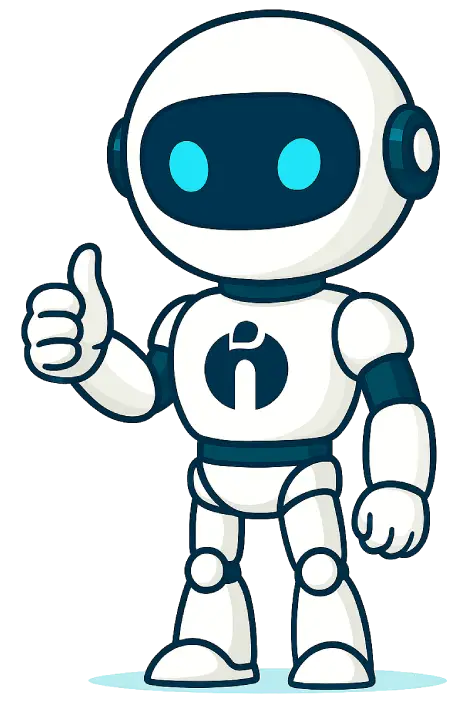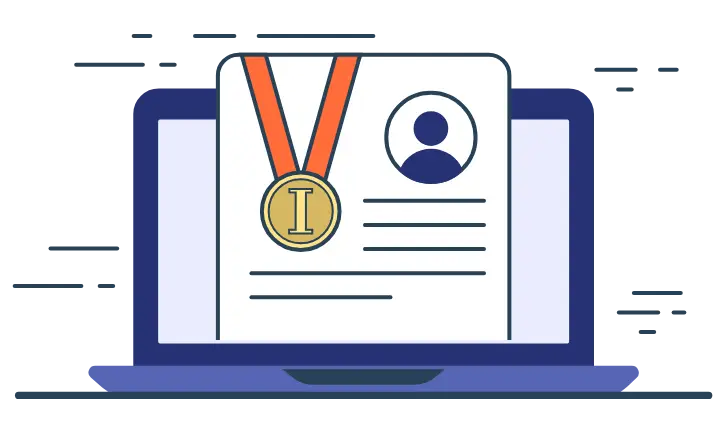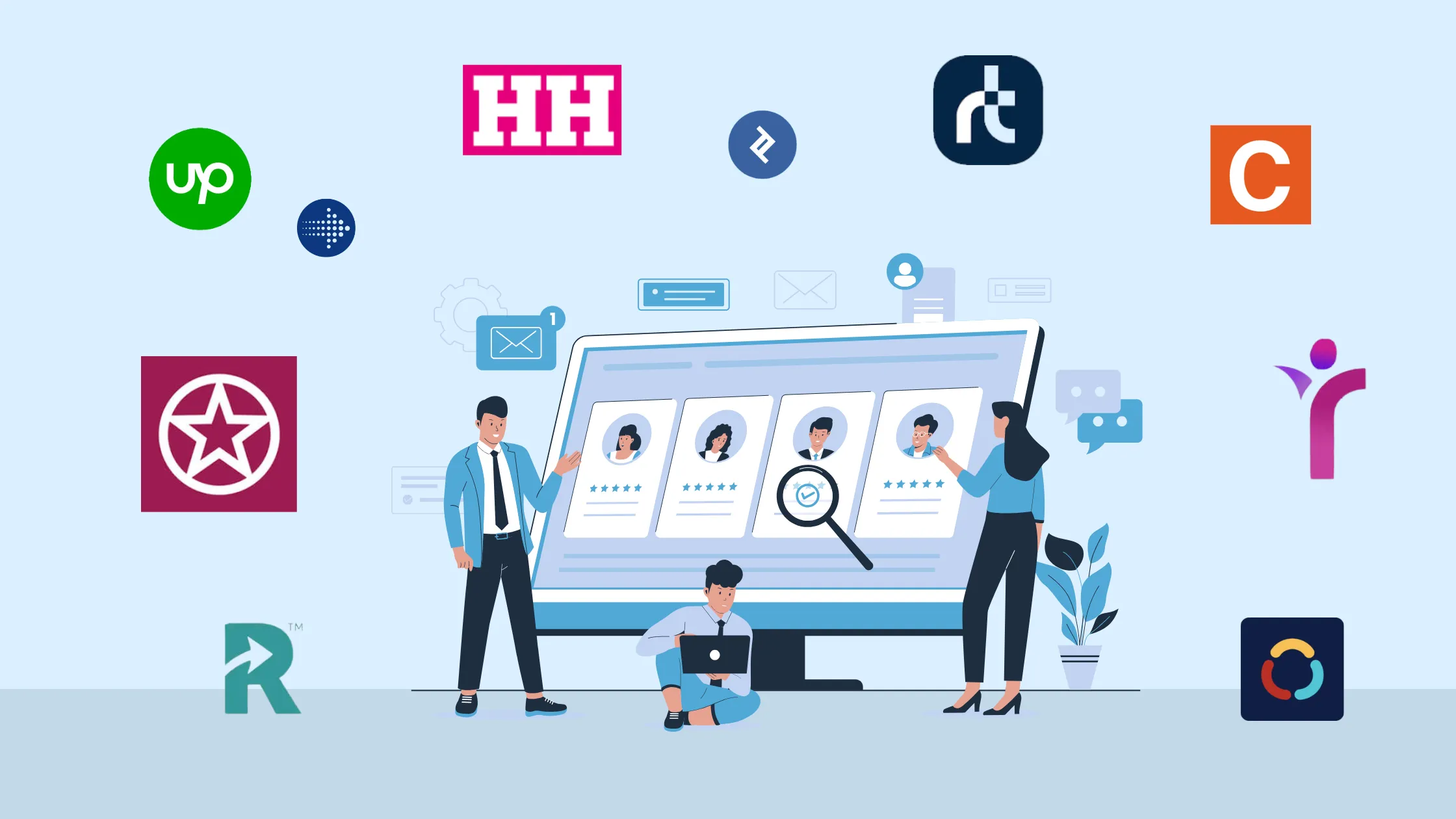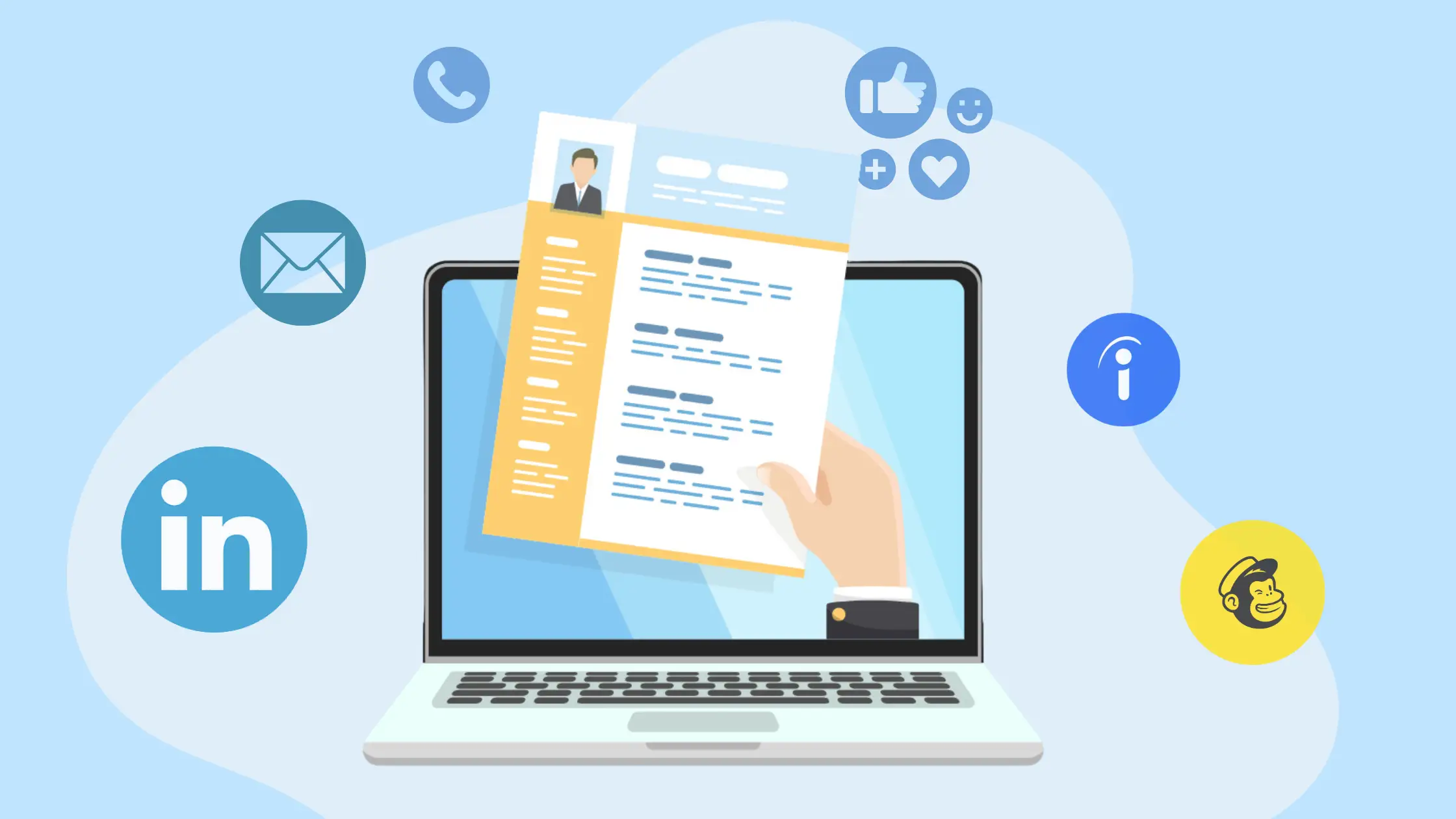TL;DR
- Personal Development Plans (PDPs) significantly enhance employee engagement, productivity, and retention.
- A well-structured PDP aligns personal growth with business goals, fostering a positive work environment.
- Implementing PDPs supports talent cultivation and strengthens recruitment by identifying skill gaps and employee needs.
- Effective PDPs require comprehensive skill-gap analysis, engagement of growth-oriented employees, tailored training, and success measurement through targeted metrics.
Ever feel like your employees are just going through the motions, showing up, doing the bare minimum, and clocking out?
You’re not alone. According to BreatheHR, a whopping 66% of employees don’t have a Personal Development Plan (PDP) at all, and nearly 47.8% of those who do feel like their PDP isn’t taken seriously. Now, here’s the kicker — that’s a huge missed opportunity, both for them and your business.
Now, you might be thinking, "Why should I care about my employees' personal development? I've got a business to run!" But! A happy, engaged, and motivated workforce is a HUGE asset. When your employees feel like they're growing and learning, they're more likely to be productive, creative, and loyal.
A good PDP gives your employees a sense of ownership over their careers. They start to invest in themselves and the company at the same time. And here’s the best part — it doesn’t just benefit them; it creates a ripple effect throughout your entire business.
Invest in your people, and you’re really investing in your business.
Let's dive into how a PDP can transform your business and your employees' lives.
4 Benefits of Personal Development Plans for Employees
A Personal Development Plan shouldn't just be a mandatory thing that a supervisor looks into before the annual appraisal. A well-structured plan provides focus and charts out the growth path for the company. It also encourages you to strategise as per business priorities and put things back on track when they go wrong.
However, discover the transformative power of daily planner apps in enhancing personal development among your business employees. With intuitive features and customisable templates, these apps streamline the planning process, making it easier than ever to invest in your employees' success.
Here are some ways how you can benefit from a well-defined PDP.
1. Fosters a Positive and Committed Work Environment
If your employees feel that their needs are taken care of, they're getting the required opportunities to grow in their professional careers, they will definitely perform better.
According to a Gallup study, an engaged workforce amounts to a 21% increase in productivity levels. Personal Development can help your employees develop and boost their confidence levels. This may appear to be very insignificant but can make a huge difference for your business. If your employees are in a client-facing role, then that surely reflects in their communication as they come across as more confident than ever. The client is more likely to recommend your business if they have a positive experience while speaking to your confident employees.
2. Reduces Employee Turnover Rates
There is no getting over the fact that recruitment is an expensive and time-consuming process. If a PDP is properly implemented and managed, that will result in lesser attrition rates.
3. Strengthens Recruitment Efforts
It is possible that even after implementing a carefully designed personal development plan, some employees may choose to quit. But if you have consistently recorded your PDP data, you will be able to identify the top concerns - job descriptions, job roles, transitions, etc. that led to the attrition and be able to address those in your future hiring plans.
4. Cultivates Talent from Within
It's always a good idea to retain existing employees, but you also need to ensure they are given the right role and responsibilities to advance their careers. Besides the pay, employees care about job satisfaction and fulfilment. PDPs help in identifying the high-performing candidates and if they're provided with appropriate training and guidance, they could be assigned to business-critical roles that offer great opportunities. Further, a PDP will also help you spot the people stuck in incorrect job roles and are disengaged.
7 Ways to Implement a Personal Development Plan
Now that you know about the benefits of a PDP, the next obvious question is how do you create and implement a PDP.
Here is a blueprint for you to get started with implementing your PDP.
1. Conduct a Comprehensive Skill-Gap Analysis
The first step is to figure out what is the gap that you need to fill. You can conduct a Training Needs Analysis (TNA) that will help you understand not only the missing skills but also which of the employees need to be trained first. This analysis further prioritises your organisational goals before anything else. Subsequently, all the training efforts can be streamlined to achieve maximum benefits.
2. Identify and Engage Growth-Oriented Employees
The next step is to identify the employees who are interested in growing their careers and taking up leadership roles. When you feel they're ready, invest in leadership programs that will further boost their potential. The bonus point here is when the employees realise you are invested in their personal development, they'll be more committed to helping your company succeed.
3. Synchronise Personal and Organisational Goals
When you have identified the areas of development along with the employees who show the promise of growing within the company, the next step will be to align the organisational goals with individual goals. Discussions with your employees regarding their job satisfaction and career growth plans will help you align the goals successfully.
4. Forecast and Plan for Future Growth Needs
A PDP shouldn't just focus on the current growth opportunities but should also consider how it will grow over the next five or ten years. A few questions you need to keep in mind here are:
-
Do you plan to explore new industries or service offerings?
-
How many leaders do you need to train to help in the expansion process?
-
Do you have the right people in your organisation who can take up this responsibility or do you need to hire from outside?
5. Implement Structured Personal Development Plan Templates
There are two kinds of personal or employee development plan templates.
A. Individual development plan template
This template helps your employees reflect on their personal career goals and how they could align their growth with organisational goals.
B. Success plan template
This template helps your organisation understand where and how they need to expand. It also highlights what resources are currently available and what could be developed to meet their long-term needs.
6. Tailor Training Programs to Specific Job Roles
Once you have identified the training opportunities for your employees, make sure they fit the job roles and responsibilities. You may consider different learning modalities or delivery methods to train your employees effectively.
-
For example, leadership training could use a variety of approaches like coaching, job shadowing, or mentoring.
-
On the other hand, you could use different tools, such as microlearning, Augmented Reality (AR), or On-the-Job Training (OJT) to upskill your employees based on their skill gaps.
7. Measure Success with Targeted Metrics
You have invested a lot of time and effort in coming up with a PDP. How do you know that your employees have benefitted from it? Do a regular check-in with your employees and ask them how it is going with the PDP. Ask for specific feedback - what do they need more or less of. As an organisation, make sure you have an individual or a team dedicated to measuring the success of the PDP, only then you will see its benefits.
Measuring ROI on Personal Development Plans
Measuring the ROI on Personal Development Plans (PDPs) is crucial because it shows you the real value of investing in your team's growth.
Think of it this way: For every dollar you put into your employees' development, you want to see a return, right? Whether that's through better performance, more sales, or just a happier workplace.
Here’s how you can look at it. When employees grow, they become more skilled and confident. This usually means they can do their jobs better and faster, which makes your whole business run more smoothly.
You might notice fewer mistakes, less time spent on tasks, or more creative solutions to problems—all of which can boost your company's bottom line.
To really nail down the ROI, you can look at things like performance metrics before and after training, employee retention rates, and even feedback from customers.
It’s about connecting the dots between personal growth and business success. This isn’t just about feeling good; it’s about making sure the time and money you invest in your team is really paying off.
In simple terms, a well-planned PDP helps your employees and your business thrive together. It’s a win-win!
Help Your Business Employees with PDP!
If you're the owner of a business and look forward to developing a comprehensive PDP, then you should check some of the online resources.
One thing you need to remember here is to get the procedures correct from the very beginning. That way you will be able to minimise the overall time you need to modify and adapt to the PDP. Also, collect meaningful data to evaluate the success of the plan and empower your teams to include them in their growth plan.
FAQs - Frequently Asked Questions
What is a Personal Development Plan (PDP)?
A Personal Development Plan is a structured framework that helps employees set and achieve career goals. It aligns personal growth with business objectives, boosting motivation and productivity within organisations like those supported by iSmartRecruit.
How does a PDP benefit employee retention?
A PDP provides clear growth opportunities and shows employees that their progress matters. This often leads to higher job satisfaction and lower turnover, which benefits businesses by reducing recruitment costs and promoting loyalty.
Can PDPs improve recruitment efforts?
Yes, by identifying skill gaps and employee needs, PDPs help tailor recruitment strategies. This ensures that new hires fit organisational goals well, making recruitment more effective and aligned with business growth.
How do I measure the success of a PDP?
Success can be measured using specific metrics like performance improvements, employee feedback, and retention rates. Regular check-ins and data analysis help ensure the PDP delivers tangible benefits to both employees and the firm.











.webp)


